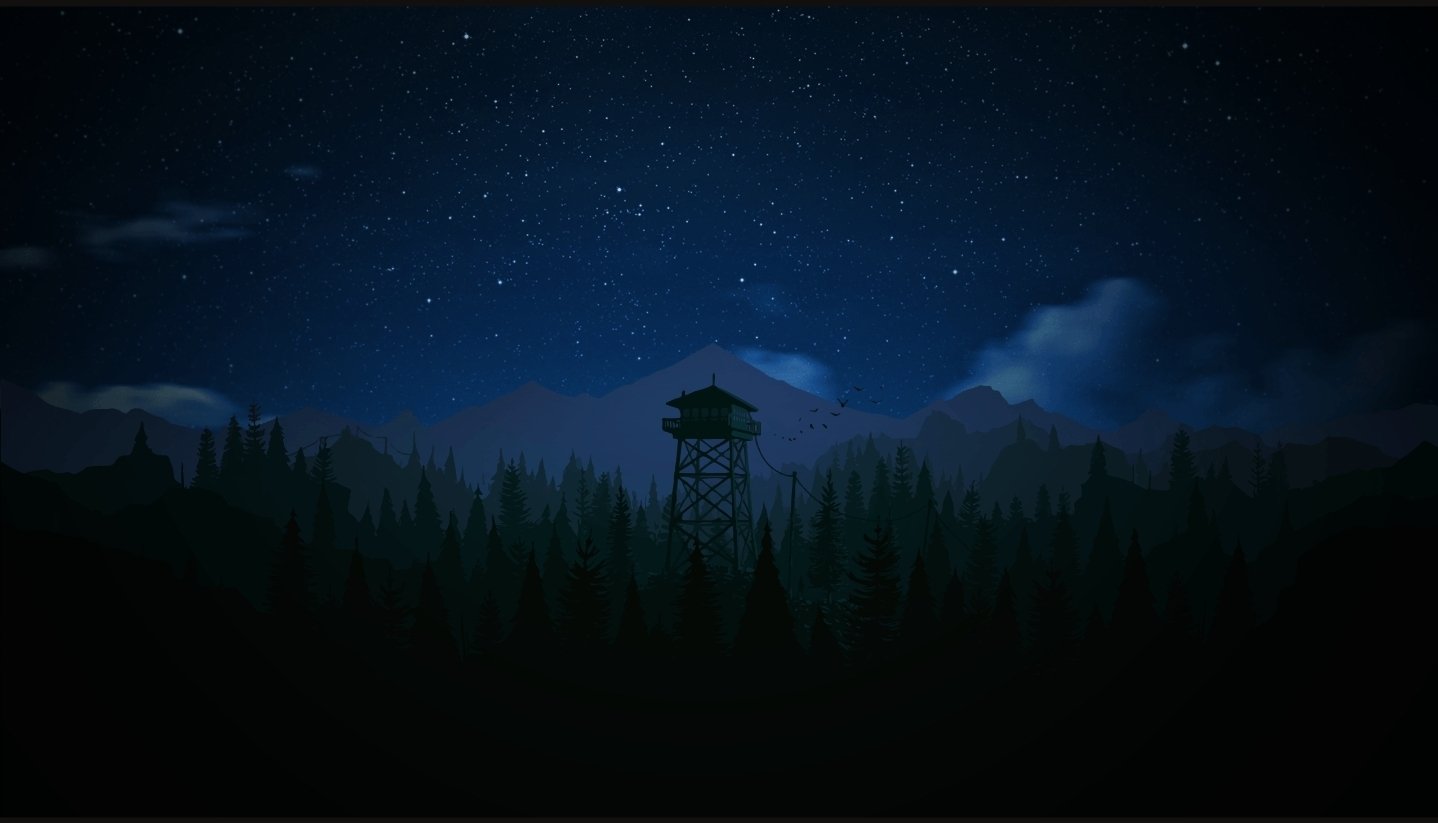I have a lot of indirect experience/knowledge with caves. I don’t have to be one of the people who directly explored one to know one of the first things one learns about caves is how ill-suited for wandering around they are. Slopes can change on a dime, it’s incredibly rocky inside, and they fill with whatever falls from the sky. Imagine hiding in one of these, as someone with less intelligence than us, and not expecting to even stub a toe, let alone fall or suffocate. I assume it must be a concern because all the cave hobbyists I know (even if I only know a couple) say they have to split up based on their physical skills (so one chooses a slope-free while the other a rain-free one as would be the case for me as someone who never learned), though I admit I’d be amused if cavepeople didn’t ignore these slopey checkpoints and instead it caused them to make some inventions.
Another thing that sticks out to me is the rule against fire. When cave explorers (not me) venture in, the most important rule of all time they learn is that it’s an absolute cardinal sin to light so much as a match in a cave, let alone a torch (in contrast to Indiana Jones movies where that’s the first darn thing he does). The heat from fire is enough to interfere with the stone composition, which in turn threatens to collapse a cave. Imagine having just discovered fire, and you go running to show your family but everyone dies before you can say “hey Mario look what I made”. I wouldn’t expect a caveman to know about that rule, but I would expect them to feel tempted to find out the hard way.
Finally, there’s the fact they’re filled with disease. Most notably from the cave animals; while things like ticks and rabies are not common in cave animals, they do happen. If that wasn’t enough to outright stigmatize dwelling in a cave, even the environment itself is viral. There are caves where the reservoirs are like 100% condensed bacteria. That’s got to send awful mixed messages to seek refuge from an oasis and suddenly you have a fear of water like me.
How did caves become such a go-to and one where nobody is depicted as having any serious accidents in?
Not an expert, but it seems like you’re conflating issues of spelunking with cavemen living 5 meters from the entrance.
I’m not saying that doesn’t influence things, but wouldn’t it still be an issue? How would cavepeople stay warm five meters from the place they were trying to stay warm from, especially without fire?
Again, you’ve conflated spelunking with living 5 meters from the exit. Firesites are everywhere in archaeology digs, including in caves.
I thought when they said don’t light a fire in a cave they meant everywhere in the cave.
Not an expert, but I do have some insights on this. The reason that spelunking doesn’t usually allow fires, even at the entrance, is because the smoke can damage the cave environment. Smoke, especially from things manufactured in a different environment, can contain a lot of wild stuff that interferes wjth an ecosystem. Caves, especially ones big enough for tours, have incredibly unique ecosystems that are ripe for study by biologists.
Additionally, smoke contains unique particles that settle on surfaces. We can study the materials deep in some caves like Mammoth Cave and find evidence of smoke and ash. This is strong evidence for archeologists that ancient people were able to travel deep into this cave.
tl;dr: smoke damages ecosystems and makes archeology difficult. Don’t smoke in a cave.
(would write more, but using phone keyboard)
It isn’t just the smoke though, it’s the heat, as I was explaining here when I got this reply. As an on-site out-observer, that much from all of this I do understand (which formed the basis for what I don’t).
It’s a matter of statistics. We know that it can cause a collapse, but depending on the cave it’s not often. We don’t want people to get hurt, so we’re going to warn people against generating heat like that. But with a ton of caves, it would have happened irregularly enough for people to be mostly fine.
That was 7ft flames in a sandstone cave. Yes it can happen. No it wouldn’t happen often enough to have killed every single human living in a cave system.
Not every one in every part, no. It’s just a hazard per section.
The same way we stay warm today in our homes, insolation.
Having been to a lot of Palaeolithic sites and studied cave formation and the like…
They usually used just the cave mouths or even rock shelters. Caves “breath” and if they “breath” in then the environment in a cave mouth can be dry and sheltered from the rain. You’ll also find that the most frequently used caves are either higher up the side of a hill providing good views over the area to help hunt game and/or they’re close to a spring.
They did venture deeper into caves but usually for ritual purposes and those that were decorated for these purposes seem to have been chosen for relative ease of access (you just need a torch and a good guide) but also because the journey itself to the ritual site was part of the ritual (we can only speculate but it may be part of a rebirth ritual and/or the effect would have been enhanced by drugs, music, etc).
It might be that you have a mistaken view of cave dwelling.
Most such settlements only used relatively shallow rock-face caves, which eliminates the majority of your listed risks.
Without reliable light sources, you’ll appreciate that people weren’t delving kilometers deep into the ground. Caves were simply a way to protect from the elements and to provide a choke point to better defend against wild creatures.
There’s an additional point that other commenters haven’t brought up. Sure, all those dangers you mention exist, and tons of people suffered and died of them over the tens of thousands of years that humanity was in this period. But enough people still survived.
They considered the caves to be safer alternatives to whatever else they were using before they found the cave. And they hardly ever stayed in one permanently, instead migrating around to find food.
Another thing that sticks out to me is the rule against fire. (…) The heat from fire is enough to interfere with the stone composition, which in turn threatens to collapse a cave.
Is that really the case? I thought it would more about filling the cave with smoke or wasting oxygen, not causing a cave to collapse. Perhaps I was imagining a different cave? Tom Hanks did keep fire in his cave in Cast Away.
Anyway, very interesting subject. I always wanted to have a cave of my own, especially with an entry hidden behind a waterfall :D
Never heard about collapsing a cave from heat, but soot from fires would damage a cave’s aesthetics, which is a cardinal sin in spelunking.
Yes, so basically picture a cave like a giant jawbreaker. When a jawbreaker is left in the sun (and yes, Mythbusters proved this), the different layers of candy expand at different rates. This causes pressure buildup and eventually explosion.
A cave isn’t all just one solid type of mass, it’s not all a single boulder like many people depict due to the limited coloring of old cartoons. You’ll have many different forms of sedimentary, igneous, and metamorphic rock all around the cave. And a fire is hotter than depicted on TV, that’s the whole point of a campfire (a part of why the original question in the OP intrigued me). So the simple act of starting a fire can cause a chain reaction which destabilizes a cave section and causes a collapse. And with caves being as intriguing as they are, you don’t want to ruin humanity’s chances of finding a cave section.
People upvoting a lot of the confusion-based replies shows both sides here have things they never expected they didn’t know (while downvoting my own confusion-based replies, for whatever weird reason).
I wasn’t doubting you about the collapse from fire heat, I just had never heard of it before so wasn’t commenting on that aspect.
Yes, it really is the case. Different stones react differently to fire. I know my stuff.
Caves can be safe, there are many different cave landscapes. Everything from tight squeezes to huge chambers the size of a football field. Some are big, some are small, some complex, some relatively straight and simple. There are many caves that have guided tours. They even have gatherings and weddings inside.
I just want to add that gases are probably also a huge prohibiting factor to living in a cave. All of the second-hand cave emergencies I’ve ever heard of are due to poisonous air.





